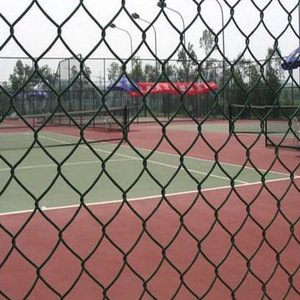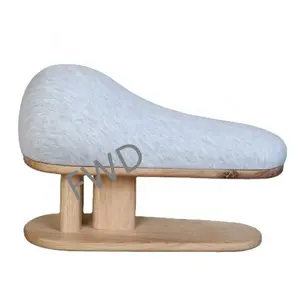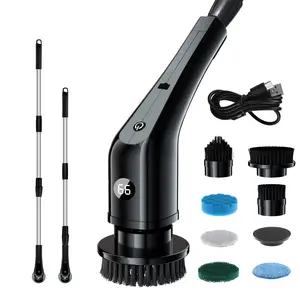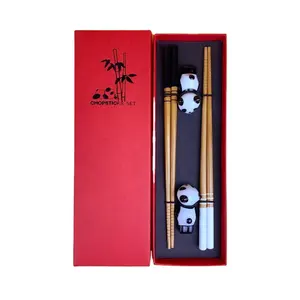Popular in your industry

























































Top categories
About chain link fence hog rings
Introduction
Fencing is an essential part of our homes, farms, and businesses, providing security and defining boundaries. Among the various types of fences, chain link fences stand out for their cost-effectiveness and durability. But what makes these fences so sturdy and reliable? The answer lies in the small, often overlooked component known as the hog ring. This article delves into the world of chain link fences and the pivotal role hog rings play in their construction and maintenance. We'll explore what hog rings are, their types, how they're installed, and the benefits they bring to your chain link fence.
Understanding Chain Link Fences
A chain link fence is a cost-effective fencing option that consists of a metal chain link fabric attached to a series of metal fence posts using special post hardware. It's a project that can be completed in a day or two, depending on the area. The fence's rigidity and strength are ensured by various components, including line post caps, top rails, end post caps, rail ends, tension bands, tie wires, fence posts, tension wires, end posts, corner posts, and tension bars. Each of these parts plays a crucial role in the fence's stability and durability.
What are Hog Rings?
Hog rings are large, thick staples used to fasten and connect heavy-duty materials. There are several types, including C-type and D-type rings. Traditionally, hog rings were put through the noses of male pigs to discourage them from rooting around. However, many more applications have been discovered over the years. In addition to farming, hog rings are commonly used in the fencing, automotive, and furniture industries. They are often used to fasten upholstery to pieces of furniture and car seats, and are commonly used in constructing enclosures like chain link fencing.
The Role of Hog Rings in Chain Link Fences
Hog rings play a crucial role in chain link fences. These Chain Link Fence Hog Ring Pliers are a professional-level tool for attaching hog rings to wire and cable. They're a sturdy, simple tool that makes it easy to affix hog rings to both wires and fencing, creating a strong connection that facilitates top-notch fence function. Crafted from malleable iron, they're built to withstand heavy use while continuing to perform. Use the adjustable thumb screw and quickly, effectively attach any size hog ring.
Types of Hog Rings
Hog rings come in three common types based on their shapes: C-type, D-type, and M-type. C-type hog rings have a flat base with soft flared inward prongs, resembling the letter 'C'. M-type hog rings have an uneven base with the middle notched at the center, somewhat resembling the letter 'M'. D-type hog rings have a flat base like C-type, but the prongs have a stronger slant, resembling the beginnings of the letter 'D'. The type of hog ring used depends on the application, with larger-sized and thicker-gauge hog rings primarily used in industrial or construction applications, such as chain link fences.
How to Install Hog Rings on Your Chain Link Fence
Chain link fencing must first be attached to tension wires connected to posts. The top tension wire keeps the chain-link taut, preventing sagging, while the bottom wire deters intruders by preventing upward pushing. Hog rings secure the mesh fencing to these tension wires. The attachment process is simple and can be done in five steps. For larger projects, a pneumatic hog ring gun, often used in commercial fencing projects, can simplify this otherwise manual task.
Maintenance and Troubleshooting of Hog Rings
Hog ring tools may need repair when rings fall out, jam, or fail to connect properly. Even minor imperfections can disrupt the ring installation process. Common issues include sticking triggers, failure to install clips and rings, or air leaks in the pneumatic system. These can be resolved with professional tool repair services. A cracked O-ring or lack of lubrication can cause excessive wear, air leaks, or prevent the tool from operating.
Benefits of Using Hog Rings in Your Chain Link Fence
Hog rings are versatile and useful in various trades, including pig farming, meat processing, gardening, furniture, and automotive upholstery. Their exceptional strength makes them ideal for fencing applications such as chain links, chicken wire, and wire mesh fencing. They can also attach tags or signs on electric fencing. Hog rings are a smart investment for all your outdoor chain link fencing and protective covering needs, offering numerous benefits.
Conclusion
In conclusion, hog rings are the unsung heroes of chain link fences. Their versatility and strength make them an invaluable component in the construction and maintenance of these fences. Whether it's the C-type, D-type, or M-type, each hog ring has a specific role to play, ensuring the fence's rigidity and durability. Installing them might seem like a daunting task, but with the right tools and a bit of patience, it's a task that can be accomplished with relative ease. So, the next time you look at your chain link fence, remember the humble hog ring, working tirelessly to keep your fence standing strong.



























